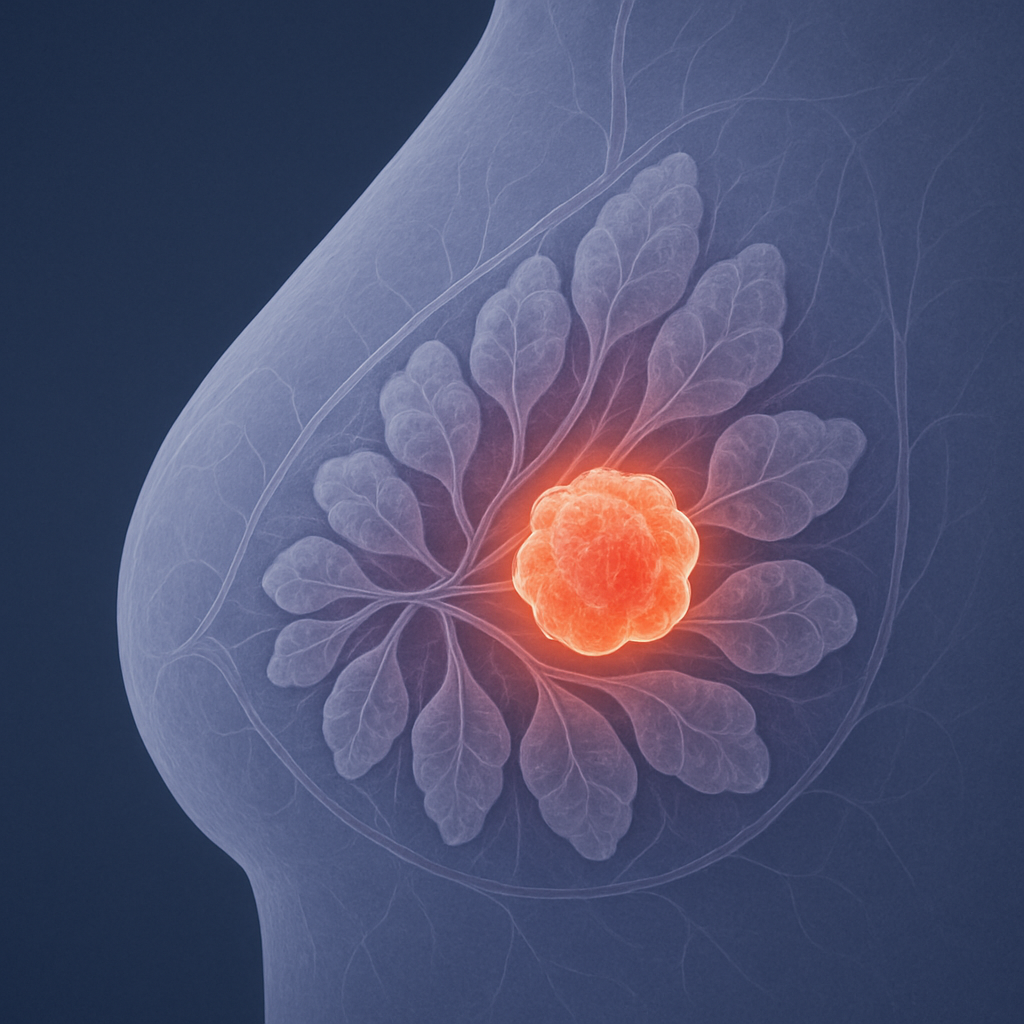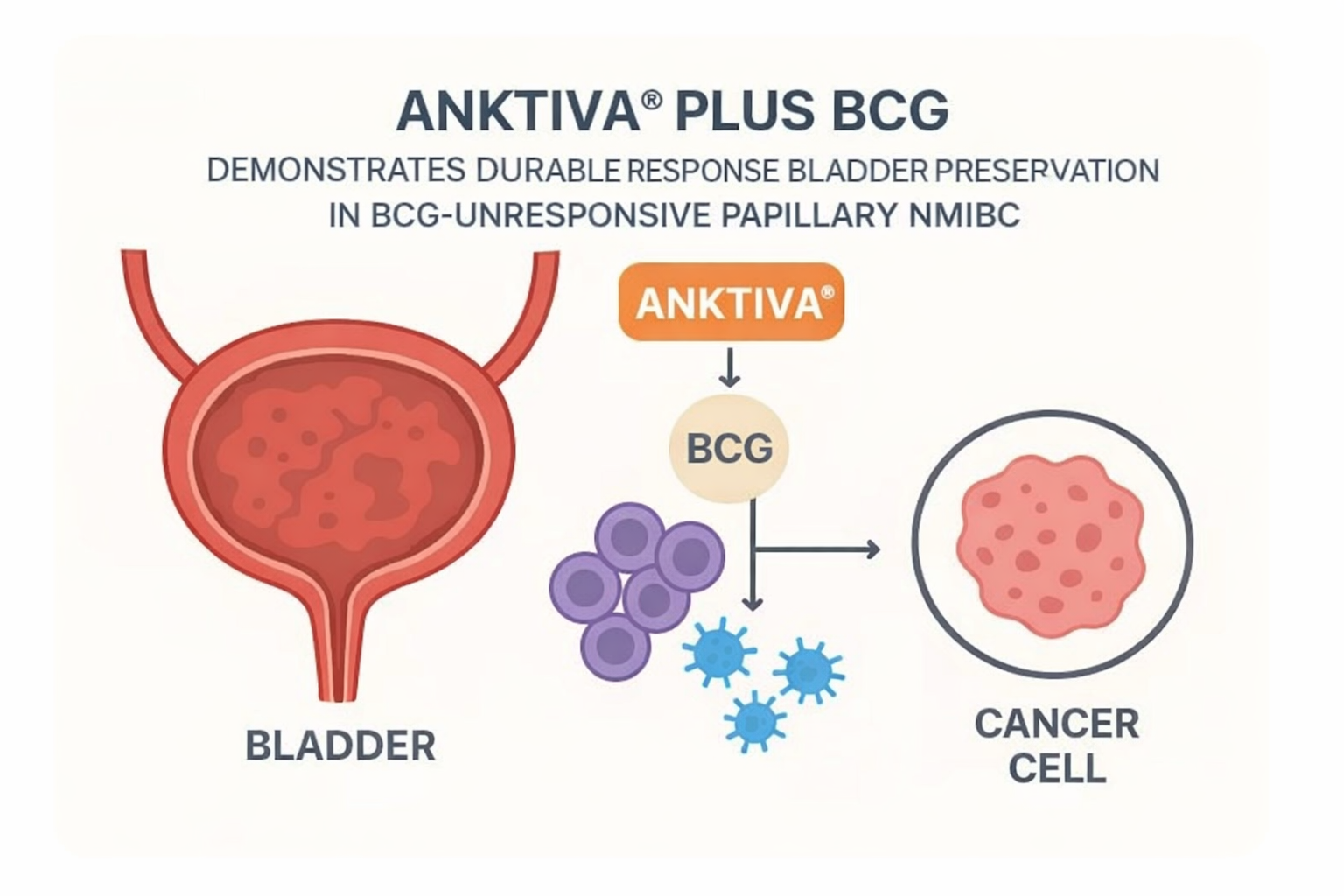

The SOUND trial demonstrates that omitting sentinel lymph node biopsy is non-inferior to standard axillary staging in women with small breast cancers (≤2cm) and negative axillary ultrasound, with 5-year distant disease-free survival of 98.0% vs 97.7% respectively. This finding supports safely avoiding axillary surgery in appropriately selected patients when nodal status won’t change treatment decisions.

Study Design & Population
- Design: Prospective, multicenter, non-inferiority phase 3 randomized clinical trial
- Setting: 18 hospitals across Italy, Spain, Switzerland, and Chile (2012-2017)
- Sample Size: 1,405 women in intention-to-treat analysis (708 SLNB group, 697 no axillary surgery group)
- Patient Characteristics: Median age 60 years, median tumor size 1.1cm, 87.8% ER-positive/HER2-negative disease
- Key Inclusion Criteria: Invasive breast cancer ≤2cm, negative clinical axillary exam, negative preoperative axillary ultrasound, planned breast-conserving surgery
Key Findings
- Primary Endpoint: 5-year distant disease-free survival was 98.0% (no surgery) vs 97.7% (SLNB group) – non-inferiority demonstrated (HR 0.84, 90% CI 0.45-1.54, p=0.02)
- Secondary Endpoints: 5-year overall survival 98.4% vs 98.2%, disease-free survival 93.9% vs 94.7% (no significant differences)
- Axillary Recurrence: Extremely low in both groups (0.4% at 5 years)
- Nodal Positivity: 13.7% of SLNB group had positive nodes (5.1% micrometastases, 8.6% macrometastases)
- Treatment Patterns: Similar adjuvant therapy recommendations between groups regardless of nodal staging information
Clinical Implications
- Supports omitting SLNB in older postmenopausal women with small ER-positive/HER2-negative tumors when treatment plans are predetermined
- Approximately 500,000 patients globally per year could potentially avoid axillary surgery
- Challenges remain for younger patients where nodal status may influence chemotherapy decisions (especially <50 years per Rx-PONDER data)
- HER2-positive and triple-negative cases may still require nodal staging for optimal treatment planning
Limitations
- Follow-up Duration: Median 5.7 years may be insufficient for ER-positive disease with later recurrence patterns
- Low-Risk Population: Results may not generalize to higher-risk patients
- Late Trial Registration: Unintentionally registered after 492 patients enrolled (though no interim analyses performed)
- Treatment Era: Study designed before ACOSOG Z0011 became standard practice
- Sample Size: May be underpowered to detect small differences in adjuvant treatment recommendations
Source: https://jamanetwork.com/journals/jamaoncology/fullarticle/2809872



